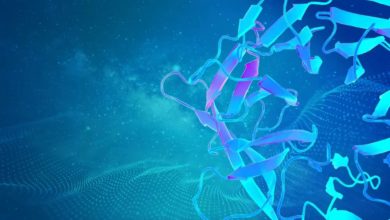Developments in Forensic DNA analysis
C.Antany Pathushan, V/Vavuniya Tamil Madhya Maha Vidyalaya

can provide very powerful evidence, however when there is no match between the recovered profile and a DNA database or suspect the evidence may be of limited value. The rapidly expanding field of forensic genetics research has introduced various novel methods that enable the analysis of challenging forensic samples, and that can generate intelligence about the donor of a biological sample. Some of the most important developments and
advances in the field, including the application of massively parallel sequencing, advancements in DNA mixture interpretation, body fluid identification using RNA profiling, forensic in the process of determining, analyzing, or predicting all or part of an organism’s phenotype, epigenetics and DNA methylation and genetic genealogy. A key challenge will be to ensure that the benefits of these novel technologies can be maximized by implementing
into forensic practice.
Advances in forensic genetics have focused heavily on increasing the sensitivity of the technique. The development of low-template DNA analysis brought a new set of challenges as forensic scientists had to deal with mixture sample containing genetic material from multiple individuals. Forensic microbiology is an emerging and dynamic field within forensic science that opens up new dimensions in criminal investigation. Methods used in microbiological evidence analysis for forensic purposes include various techniques such as DNA\RNA profiling of microbial communities, microbial finger printing methods, and identification of specific micro-organisms associated with particular environments or sources.
This approach enriches the forensic toolkit and paves the way for new paths of investigation and collecting evidence. A technology advances, the role of microbiological analysis will Developments in Forensic DNA analysis
The forensic DNA from biological material recovered in the course of a criminal investigation become even more indispensable. It offers important insights that can prove crucial in solving complicated criminal cases and in the administration of justice.
Ongoing research in forensic genetics is a dynamic and important endeavor with the goal of diversifying and improving the genetic toolkit for forensic DNA. The multi-dimensional exploration includes the introduction of alternative genetic markers alongside traditional STRs. These alternative markers include SNPs, InDels, MHs,and miniSTRs. Using MPS technologies, researchers are expanding the potential of these markers associated and
enabling multiplex and high-resolution analyses, even on degraded DNA samples.
The current standard of forensic DNA analysis is genotyping the length polymorphism of STR loci by capillary electrophoresis and analyzing the polymorphism of mitochondrial DNA by sanger sequencing. However, the trend of dramatic technological developments begun in the mid 1980s has continued, with the most consequential recent innovations being the development of next generation sequencing (NGS) or massively parallel sequencing (MPS) and the implementation of commercial Rapid DNA instruments that automate
genotyping of all CODIs core STR loci from sample to profile in 90 minutes. The potential to analyze degraded DNA by using NGS \ MPS to sequence mitochondrial DNA and SNPs is discussed, as are the benefits and limitations of Rapid DNA instruments.
As technology continues to advance and ethical frameworks are consolidated, forensic science is at the forefront of providing justice, ensuring accuracy and upholding the rights of individuals in criminal investigations.
References
https://www.fsigenetics.com > fulltext
https://www.sciencedirect.com
Forensic DNA analysis by JESSICA MCDONALD, DONALD C. LEHMAN
C.Antany Pathushan
V/Vavuniya Tamil Madhya Maha Vidhiyalaya
2026 (Advanced Level)

